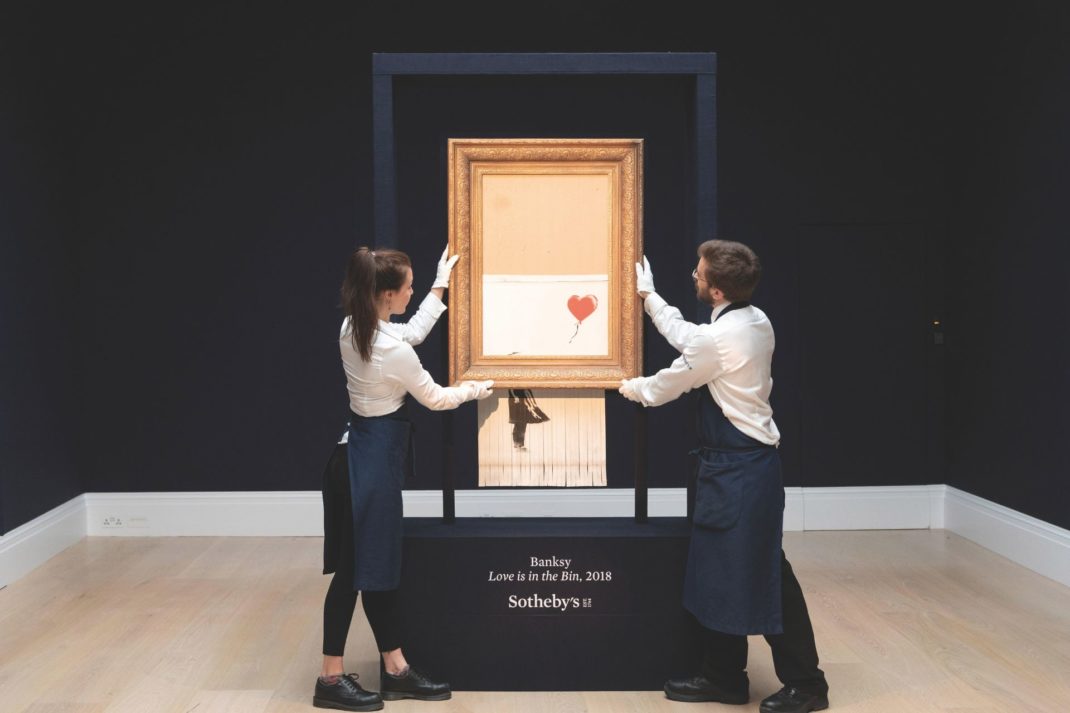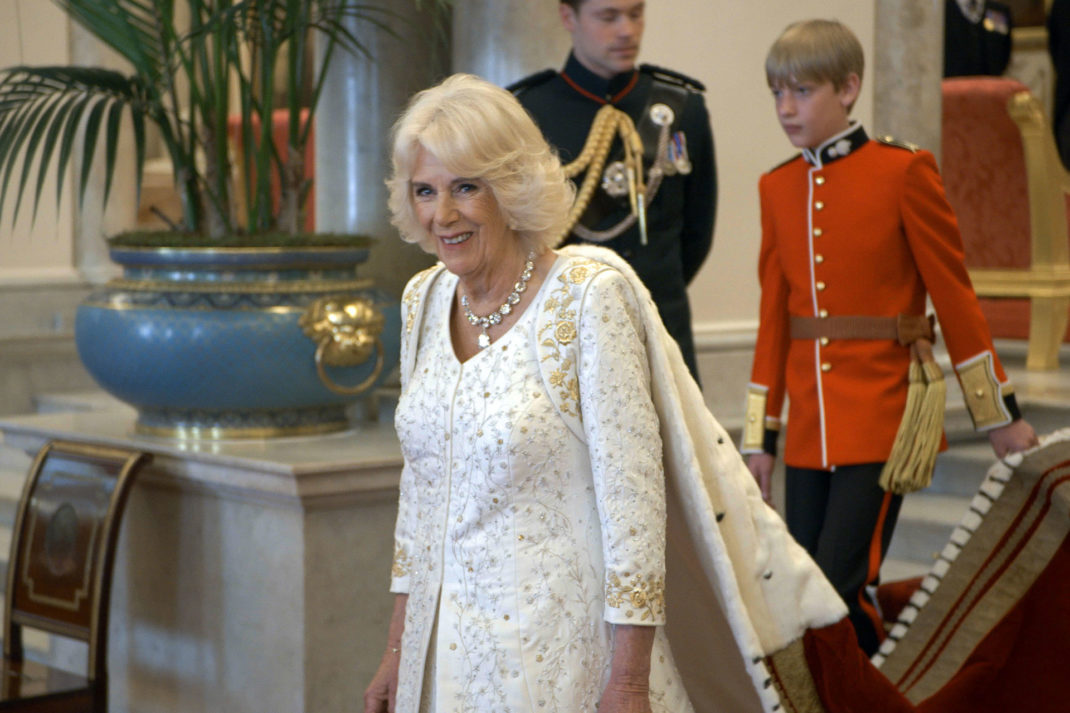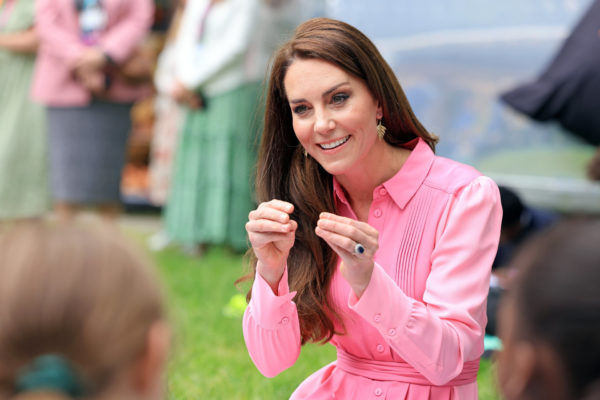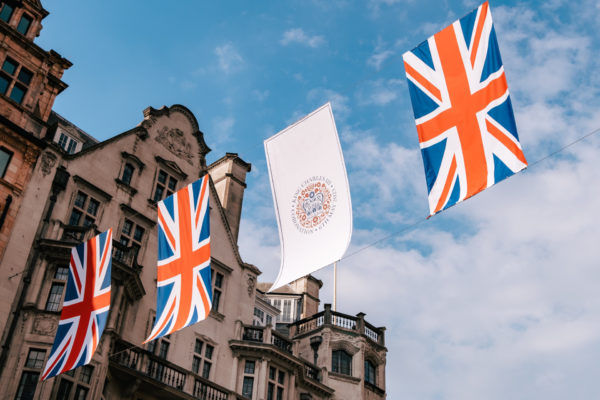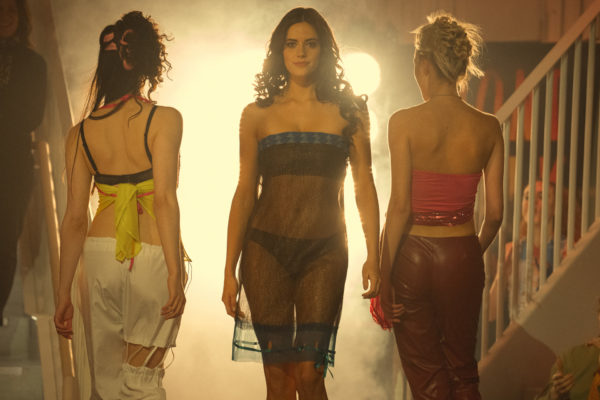A Comprehensive Guide To The Royal Families Of Europe
By
1 year ago
Brush up on your regal trivia
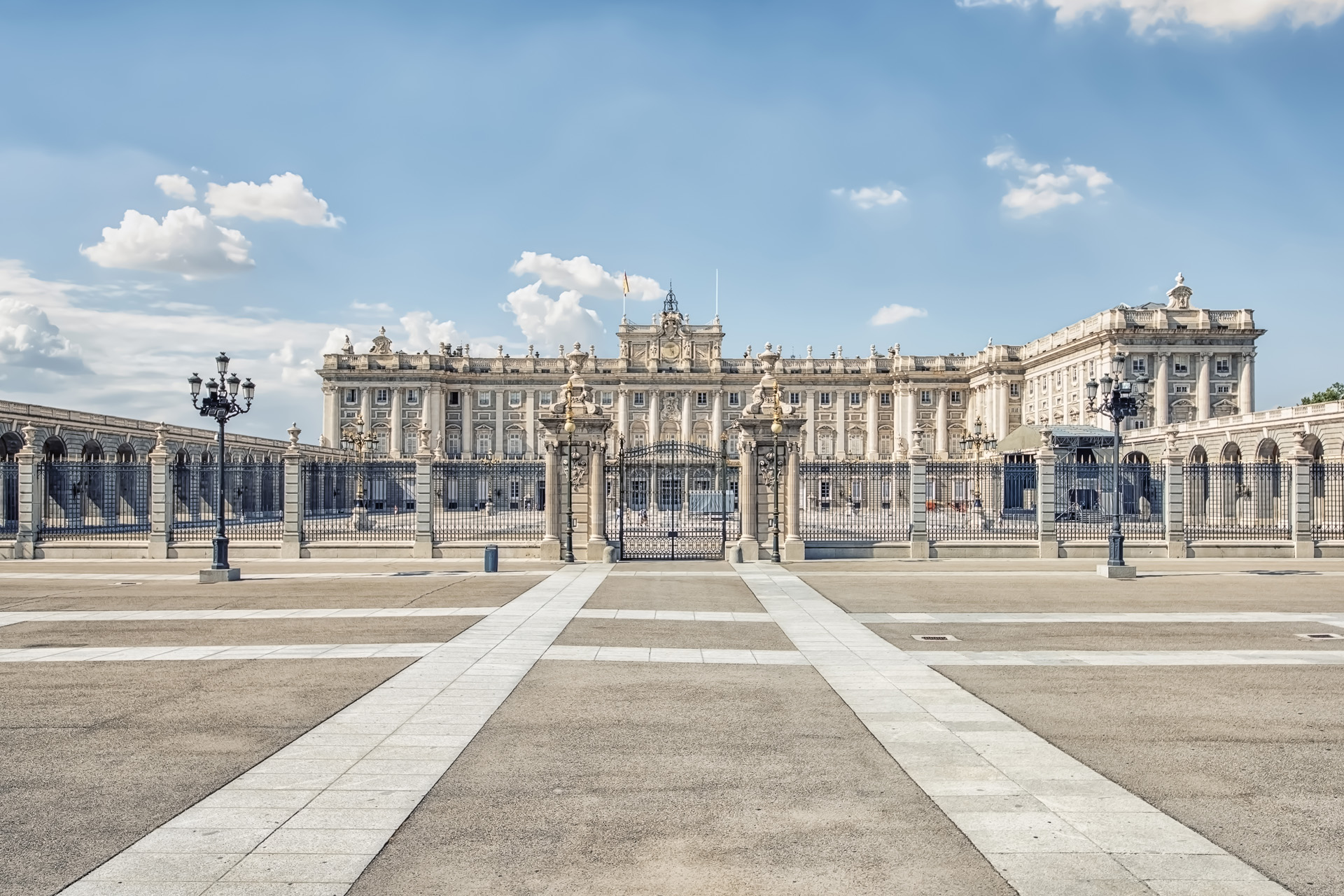
Are you an unashamed fan of the British royal family? If you’re more fascinated by their ancient bloodline and plethora of traditions than their modern scandals and in-fighting, you might want to read up on some of the other royal families of Europe. Here’s our comprehensive guide to the remaining European monarchies.
The Royal Families Of Europe
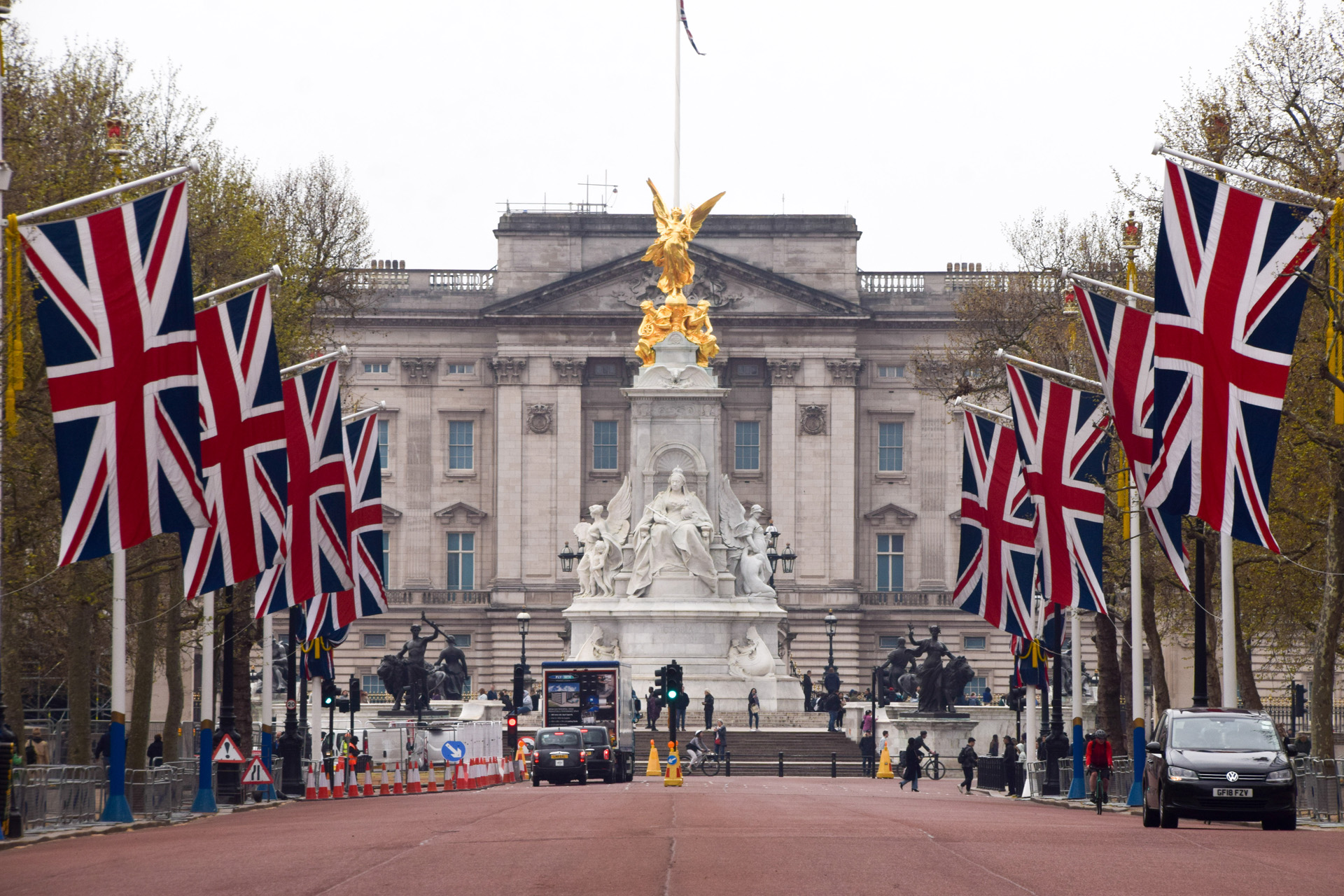
Buckingham Palace
How Many Royal Families Still Exist In Europe?
There are 12 European countries with a monarchy in Europe, including the Vatican and Andorra’s atypical systems.
Which European Countries Have Monarchies?
Technically, the Vatican City is also a monarchy: an elective monarchy ruled by the pope. Likewise, the microstate of Andorra is ruled by the ‘Co-Princes of Andorra’, a system dating back to 1278, but not a monarchy in the terms we typically use. The Bishop of Urgell and the French head of state jointly rule the nation. At present, that is Joan-Enric Vives i Sicília and the French president Emmanuel Macron.
Are The Royal Families Of Europe Related?
Yes, as a result of intra-marriage, all of Europe’s reigning monarchs are related. Better still, since 1939 (when many of Europe’s monarchies were wiped out in WWII), all of Europe’s reigning hereditary monarchs have descended from a single common ancestor: John William Friso, Prince of Orange, who died in 1711.
Since Queen Elizabeth II’s death in 2022, however, a more recent common ancestor has come to light: Louis IX, Landgrave of Hesse-Darmstadt, who died in 1790. This is because (if you can handle the weirdness) Charles III’s father Prince Philip was a descendant of Louis IX thanks to his royal Danish and Greek heritage, along with every other monarch in Europe.
Meanwhile, there are a couple of noble families that crop up in many European royal bloodlines, notably two German families: the Schleswig-Holstein-Sonderburg-Glücksburgs and the Saxe-Coburg-Gotha. It’s well known that the Windsors (the British royals) go by a fabricated name: King George V changed the family name from the very German Saxe-Coburg and Gotha to the more British sounding Windsor in 1917, due to anti-German sentiment amid WWI.
Why Do Royal Families Marry Each Other?
The practice of royal intermarriage has been common for centuries, and is done to maintain power and protect the families’ dynasties. One throwback example is King Henry VIII’s marriage to the Spanish princess Catherine of Aragon.
Which European Family Has The Oldest Bloodline?
The British monarchy has the oldest royal bloodline, with King Charles III able to trace his roots back nearly 1,200 years. The Norwegian monarchy can be traced back to 872 CE, but it hasn’t been one continuous bloodline. Meanwhile, Queen Margrethe II, who abdicated the Danish throne in 2024, has a heritage that can be traced back over 1,000 years to a king believed to have been born around the year 900 CE, according to Denmark’s official website.
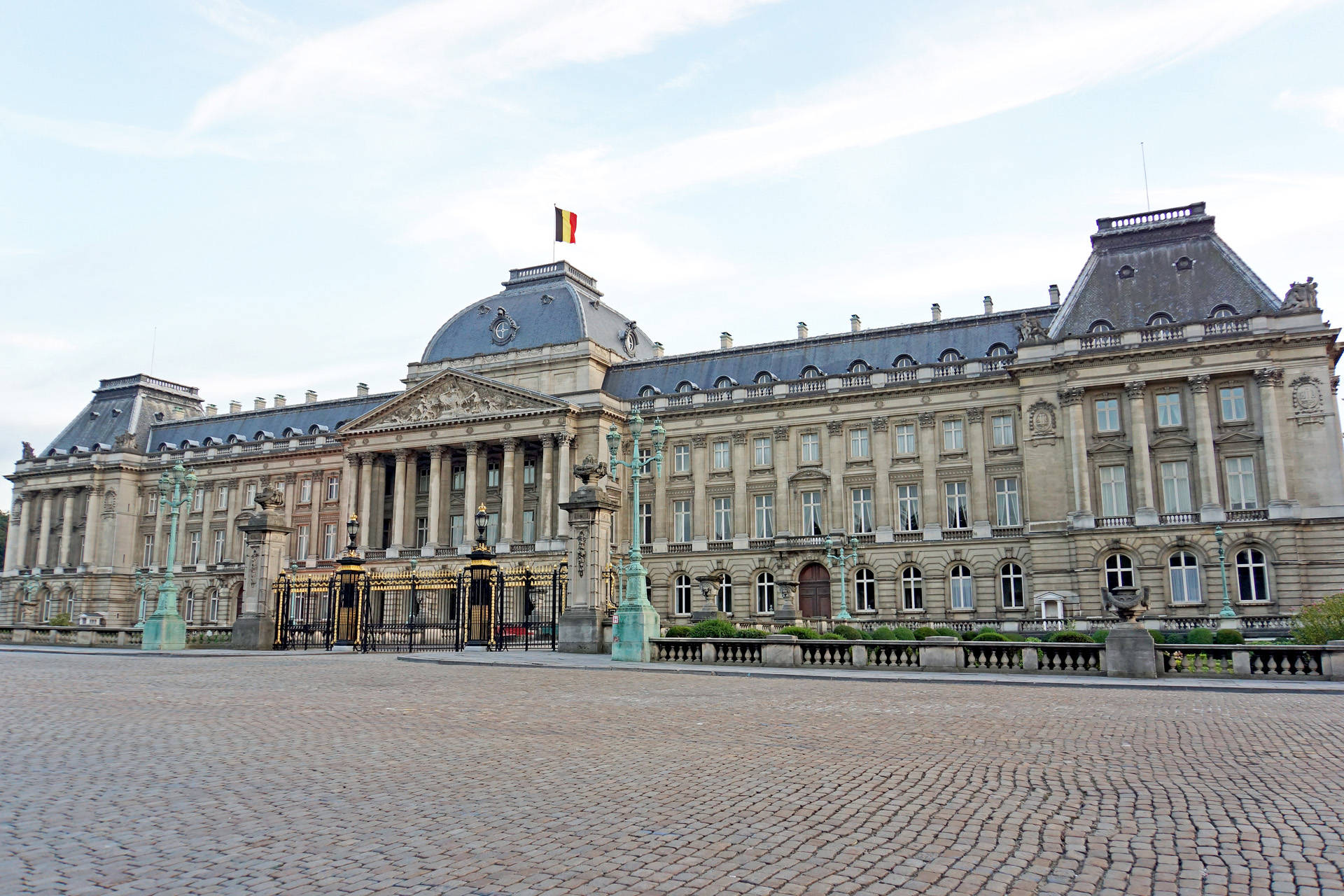
Royal Palace of Brussels. © Dennis Jarvis from Halifax, Canada, CC BY-SA 2.0, via Wikimedia Commons
Royal Family Of Belgium
The Belgian monarchy is currently headed by King Philippe, who has ruled since 2013 when his father, King Albert II, abdicated the throne. He has been married to Mathilde d’Udekem d’Acoz since 1999, and she is interestingly the first Belgian queen who is native to the country. The King and Queen share four children: two sons and two daughters. The eldest, Princess Elisabeth, Duchess of Brabant, is heir to the throne.
The Belgian monarchy is comparatively young, having been established in 1831 when the country gained its independence from the Netherlands. That said, it’s a very similar system to the British royal family. The monarch has no direct power but is welcome to be consulted by ministers. Plus, like the British royals, the Belgian royal family ditched its German surname (also Saxe-Coburg-Gotha) amid anti-German sentiment in 1920; their new surname simply means ‘of Belgium’. The monarchy is constitutional, meaning King Philippe exercises their authority in accordance with the constitution. Unlike the British monarchy and its plethora of varied titles, every member of the Belgian royal family is known as a Prince or Princess, excluding the King and Queen. It’s one of the least wealthy royal families of Europe, despite receiving an annual allowance of approximately £12.5 million in public funding.
View this post on Instagram
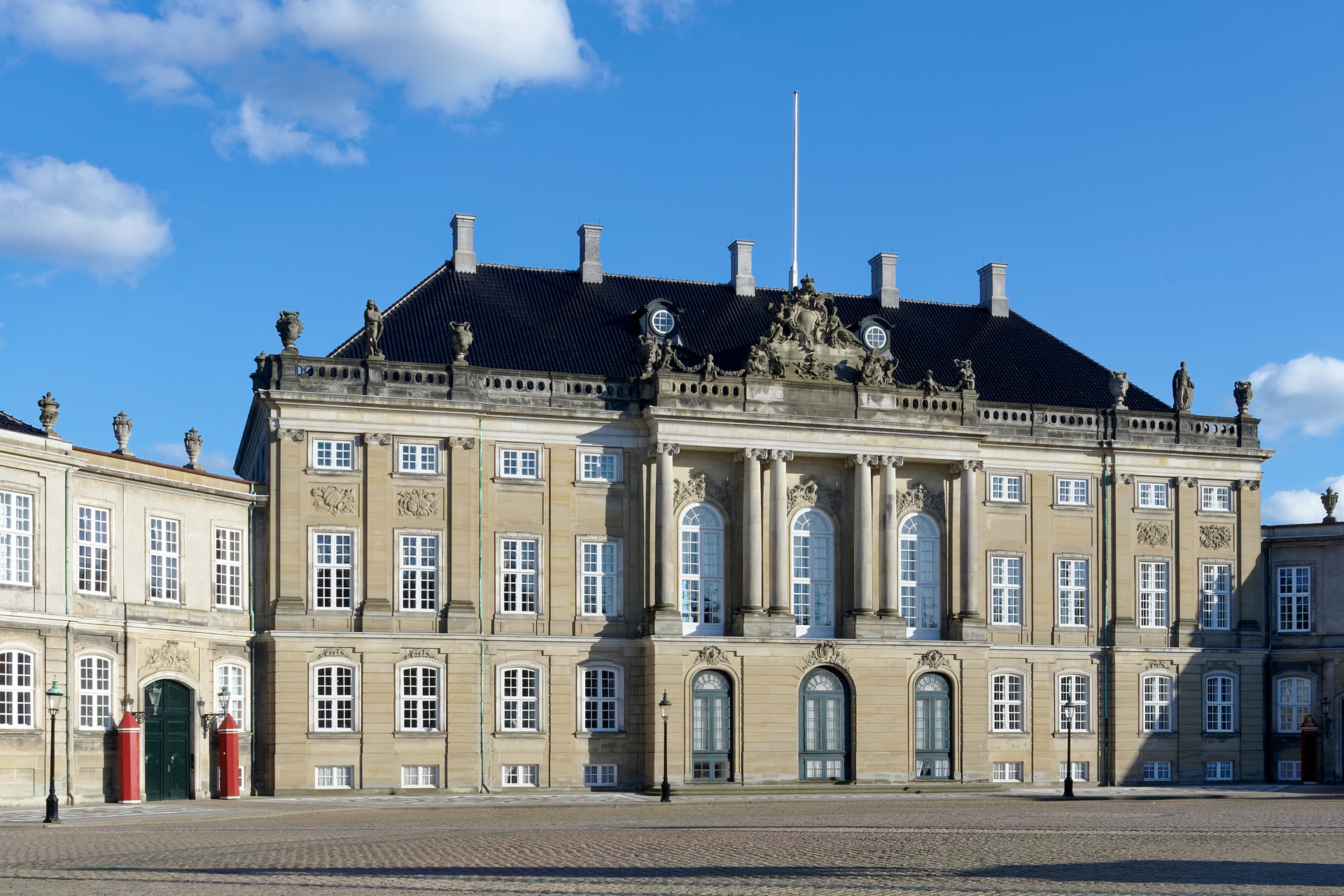
Amalienborg, the Danish royal palace in Copenhagen. © Jakub Hałun, CC BY-SA 4.0, via Wikimedia Commons
Royal Family Of Denmark
King Frederik X is the current head of the Danish royal family, ruling the nation since 2024 with his wife Queen Mary. Frederik’s mother, Queen Margrethe II, announced her abdication in her New Year’s Eve address to the nation on 31 December 2023, despite saying in 2016 that she would never abdicate. She is the first Danish monarch to abdicate voluntarily since King Eric III in 1146. Before she abdicated, she stripped the children of her second son Prince Joachim of their princely titles in 2022 – Nikolai, Felix, Henrik and Athena – in order to slim down the family and liberate the children from the obligations associated with being royal. Despite this, they retain their position in the order of succession.
The Danish royal family is remarkably old, with heritage tracing back over 1,000 years to Viking kings. Frederik’s heir is Christian, Crown Prince of Denmark, who was born only in 2005. The family is publicly funded with approximately £14 million per year in tax-free cash.
View this post on Instagram
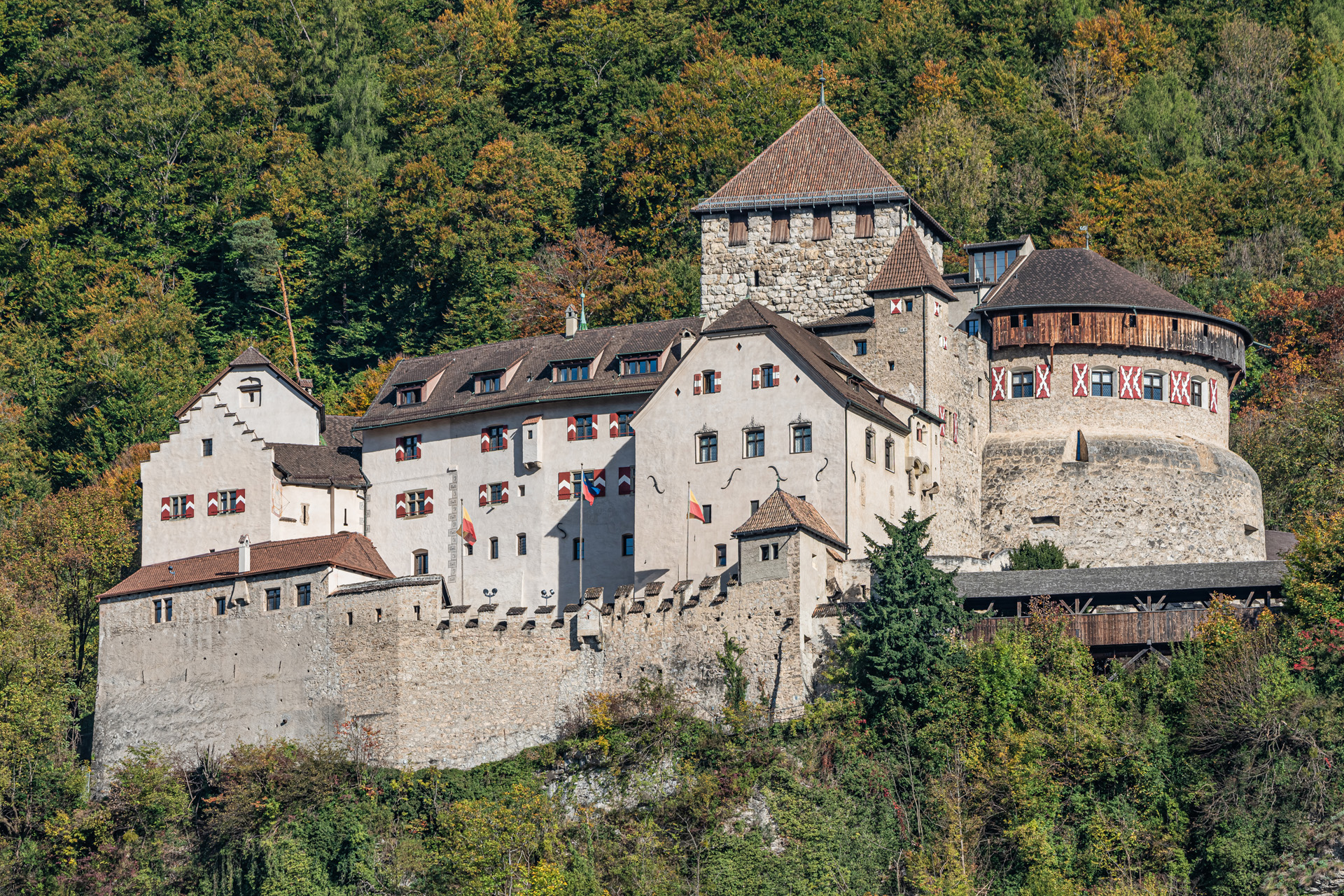
Vaduz Castle, the palace and official residence of the Prince of Liechtenstein. © A.Savin, FAL, via Wikimedia Commons
Royal Family Of Liechtenstein
Hans-Adam II is the reigning Prince of Liechtenstein, and has been since 1989. Unlike many other royal families of Europe, the reigning Prince of Liechtenstein has a significant political role, also acting as Head of State, meaning he can appoint judges, dismiss ministers and members of government, and call referendums. That said, since 2004, Hans-Adam’s son Prince Alois has acted in this day-to-day governmental capacity in a regent style role, ostensibly to prepare Alois for his eventual reign as Prince of Liechtenstein.
The Monarchy of Liechtenstein is the only remaining European monarchy with an agnatic primogeniture system; this means that the first born son inherits the throne and, failing that, the monarch’s brother – never his daughter. Hans-Adam has two sons and a daughter, and another son who suddenly died in 2023. The monarchy dates back to Karl I, who lived from 1569–1627 and was the first Monarch of Liechtenstein.
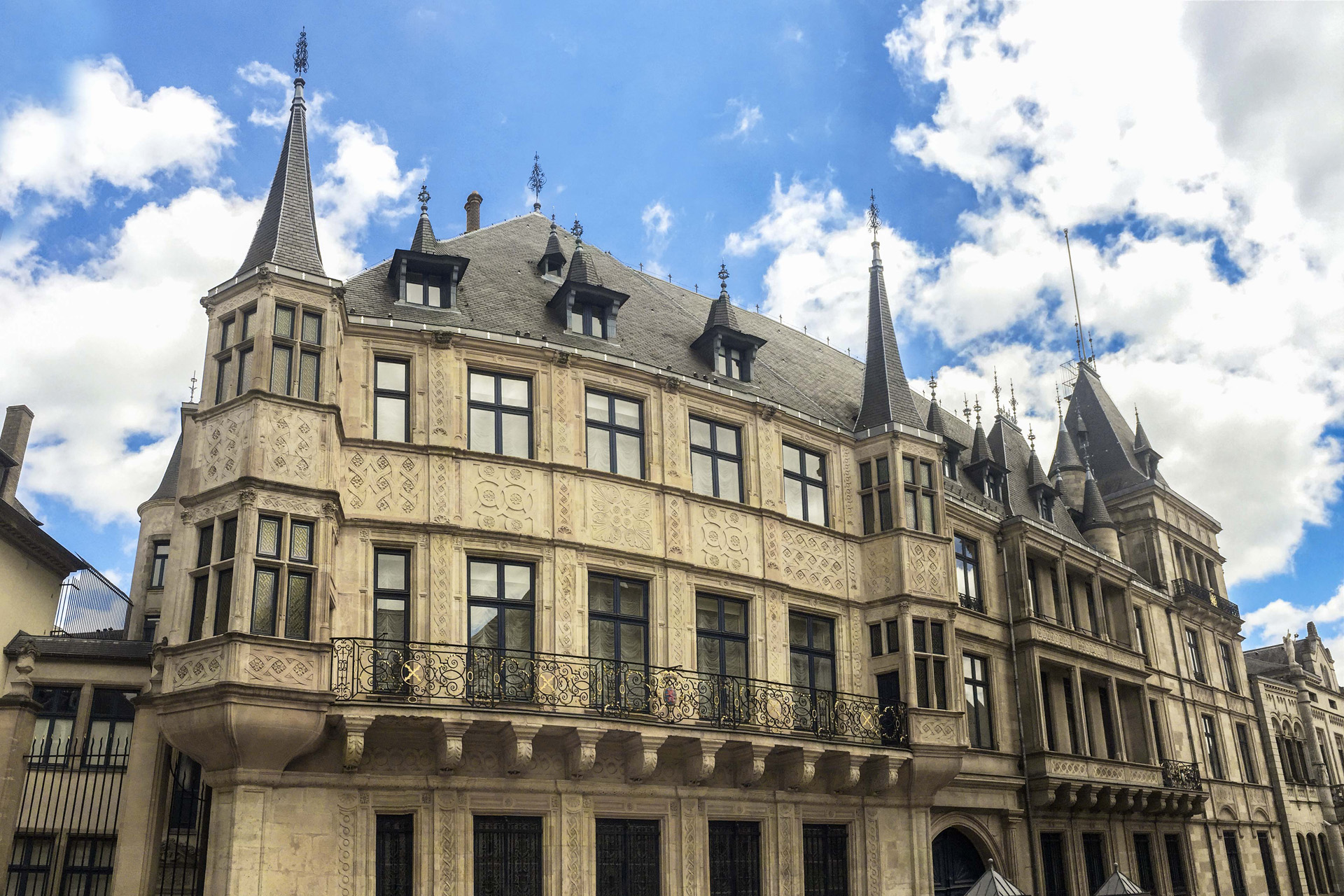
Grand Ducal Palace, Luxembourg. EEJCC, CC BY-SA 4.0, via Wikimedia Commons
Royal Family Of Luxembourg
The monarch in Luxembourg is known as the Grand Duke, with HRH Grand Duke Henri currently occupying the role. While the Grand Duke is the head of state, he has no role in government. That said, he is part of the cultural and social life of the nation, and Henri has held the role since 2000 along with his wife, Duchess Maria Teresa. The couple has four sons and one daughter, including the heir apparent, Guillaume.
The family receives approximately £16.9 million annually in public funding, but the Prime Minister Xavier Bettel isn’t exactly on-side, pledging to offer more transparency following a public outcry regarding the blurring of public and private budgets.
View this post on Instagram
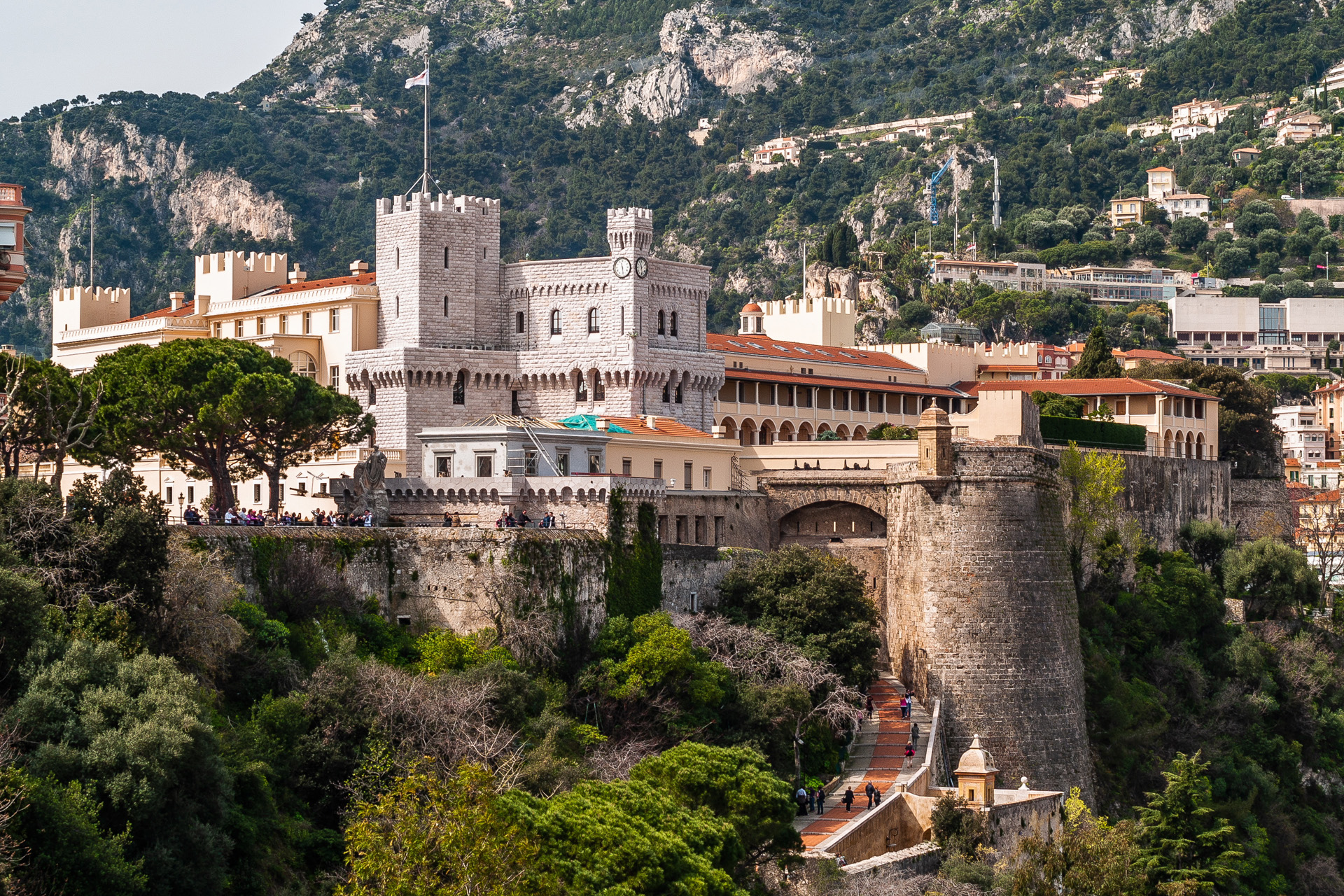
Royal Family Of Monaco
No, the House of Grimaldi wasn’t invented for Gossip Girl: it’s the real family making up the monarchy of Monaco. The monarch is known as the Prince of Monaco who acts as head of state with an active role in government and day-to-day politics. The current Prince of Monaco is Albert II who has reigned since 2005, and his heir is his son Jaques while he also has three daughters, including Jacque’s twin sister. Even if the dissolution of the male line means the family aren’t technically Grimaldis anymore, every reigning Prince has taken the name anyway.
Just as the Grimaldi family is real, so is Blair’s fascination with it: after American actress Grace Kelly married into the family in 1956 (wedding the ruling Prince Rainier III), there has been a widespread interest in this European royal family in popular culture. Rainier died in 2005, when Albert II succeeded him, but Grace Kelly died much earlier in 1982 after suffering a cerebral haemorrhage and crashing her car.
View this post on Instagram
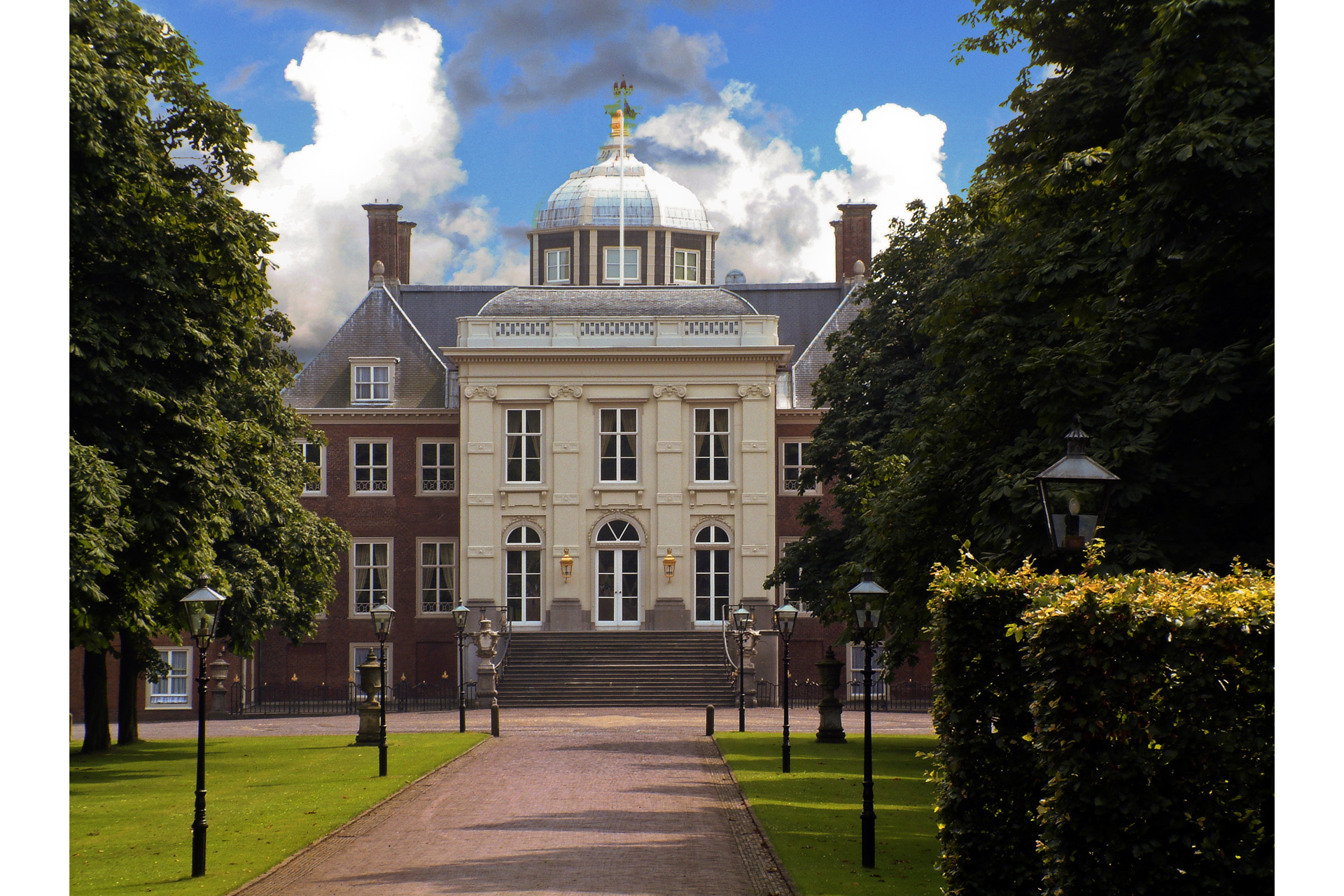
Huis ten Bosch in The Hague, one of three official residences of the Dutch monarch, the two others being the Noordeinde Palace in The Hague and the Royal Palace in Amsterdam. © PeteBobb, CC BY-SA 3.0 NL, via Wikimedia Commons
Royal Family Of The Netherlands
The Dutch Monarchy is another relatively young monarchy, established by King Willem I in 1815 when the northern and southern provinces were united. Even though the southern provinces proceeded to leave the Netherlands in 1830 (becoming the independent Kingdom of Belgium), the Dutch monarchy remained. Before King Willem I, the lands that the Netherlands occupies had been ruled by members of the House of Orange-Nassau and the House of Nassau.
Today, Willem Alexander is King of the Netherlands, ruling with his wife Máxima Zorreguieta Cerruti since 2013. They share three daughters, including the heir apparent Catharina-Amalia, Princess of Orange. The King’s mother, Beatrix of the Netherlands, is still alive, having abdicated the throne in 2013.
The family is one of the richest royal families of Europe, assigned an annual stipend of around £44 million in tax-free public funding. While this has generated opposition, the nation’s Prime Minister Mark Rutte is on the royal family’s side, having rejected demands to scrap the exemption. That said, while the heir Princess Amalia was granted £1.5 million for 2023, she waived her right to it, saying accepting the money would make her feel ‘uncomfortable’ since she doesn’t yet incur high costs.
View this post on Instagram
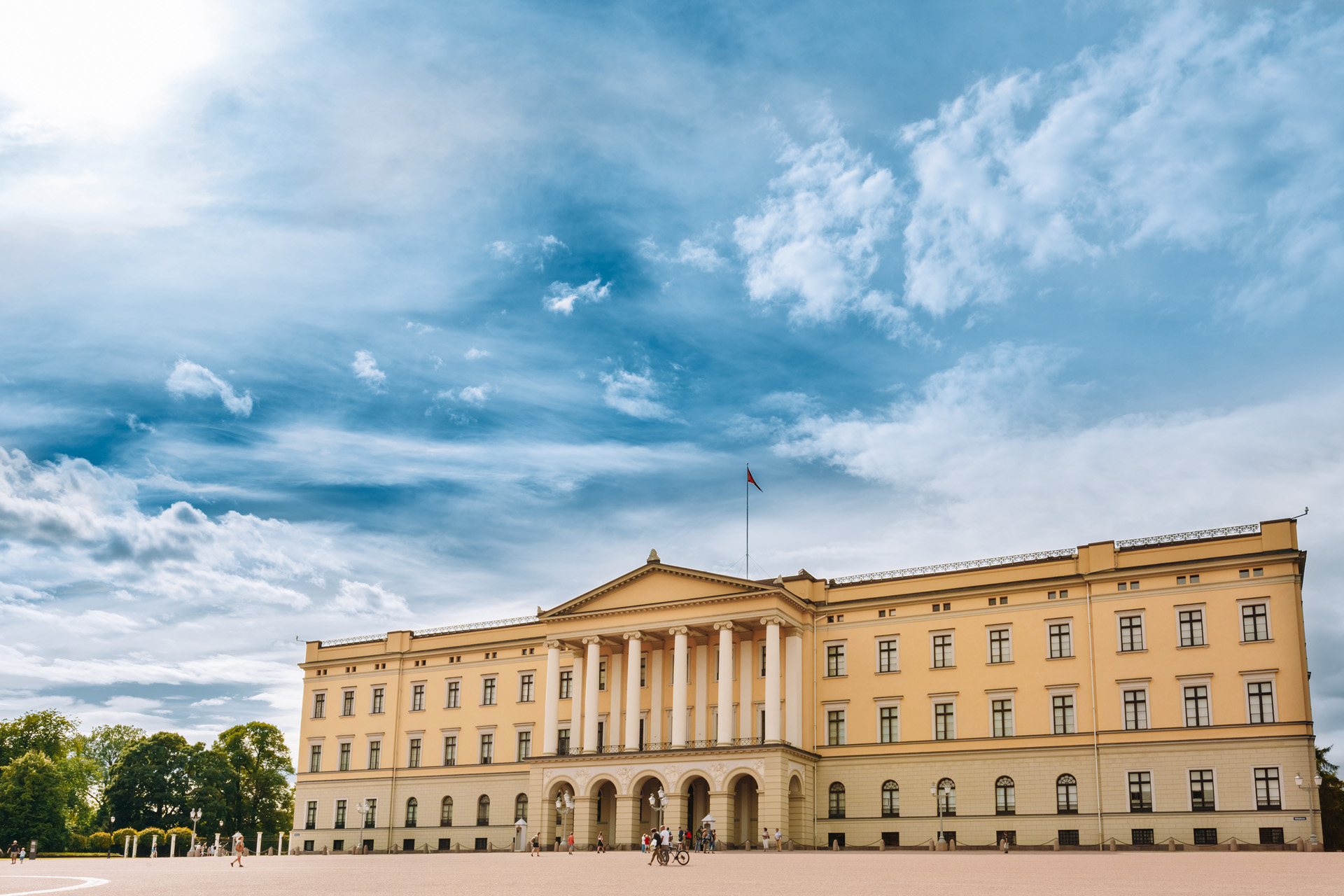
The Royal Palace (Det kongelige slott) in Oslo
Royal Family Of Norway
The Monarchy of Norway dates back to the founding of the nation in 872 CE – when Harald Fairhair united the petty kingdoms – though it has not been one continuous bloodline. At present, King Harald V reigns over Norway, and he has since 1991 when his father Olav V died. He rules with his wife Sonja Haraldsen, with whom he shares two children: Princess Märtha Louise of Norway and Haakon, Crown Prince of Norway.
Since 1990, Norway’s monarchy has practiced absolute primogeniture, meaning the first born child of the monarch is the heir to the throne. Prince Haakon is the heir because he is the first born son, but Princess Märtha Louise is actually King Harald’s oldest child. Because of the change, however, Prince Haakon’s oldest child, his daughter Princess Ingrid Alexandra, is his heir, not his son Prince Sverre Magnus. When Ingrid accedes, she will be Norway’s second ever female monarch, after Queen Margaret in the 15th century.
While the Norwegian constitution grants an array of executive powers to the King, they are almost always left to the Council of State in the name of the King, and he does not generally have direct participation in government.
View this post on Instagram

Royal Palace of Madrid, Spain
Royal Family Of Spain
The Spanish sovereign doubles as the Head of State, the highest office in the country. It is a hereditary monarchy, and was reestablished in 1978 after the end of Franco’s dictatorship in 1977 and the restoration of democracy. Before that, the monarchy had its roots as far back as the Visigothic Kingdom of Toledo founded after the fall of the Western Roman Empire in 476 CE.
Today, King Filipe VI is Spain’s monarch, ascending the throne after his father King Juan Carlos I’s abdication in 2014. Juan Carlos I was appointed King by Franco and was expected to continue his legacy when he died. Instead Juan Carlos dismantled the Francoist regime and helped the nation transition back to democracy. King Felipe rules Spain with his wife Queen Letizia Ortiz Rocasolano. They share two daughters: Leonor, Princess of Asturias and Infanta Sofía. Because the Spanish monarchy still has a agnatic primogeniture system (with the first born son preferred for the throne), Leonor is the ‘heir presumptive’, meaning if her parents had another child and he was a boy, he would instead become heir to the throne.
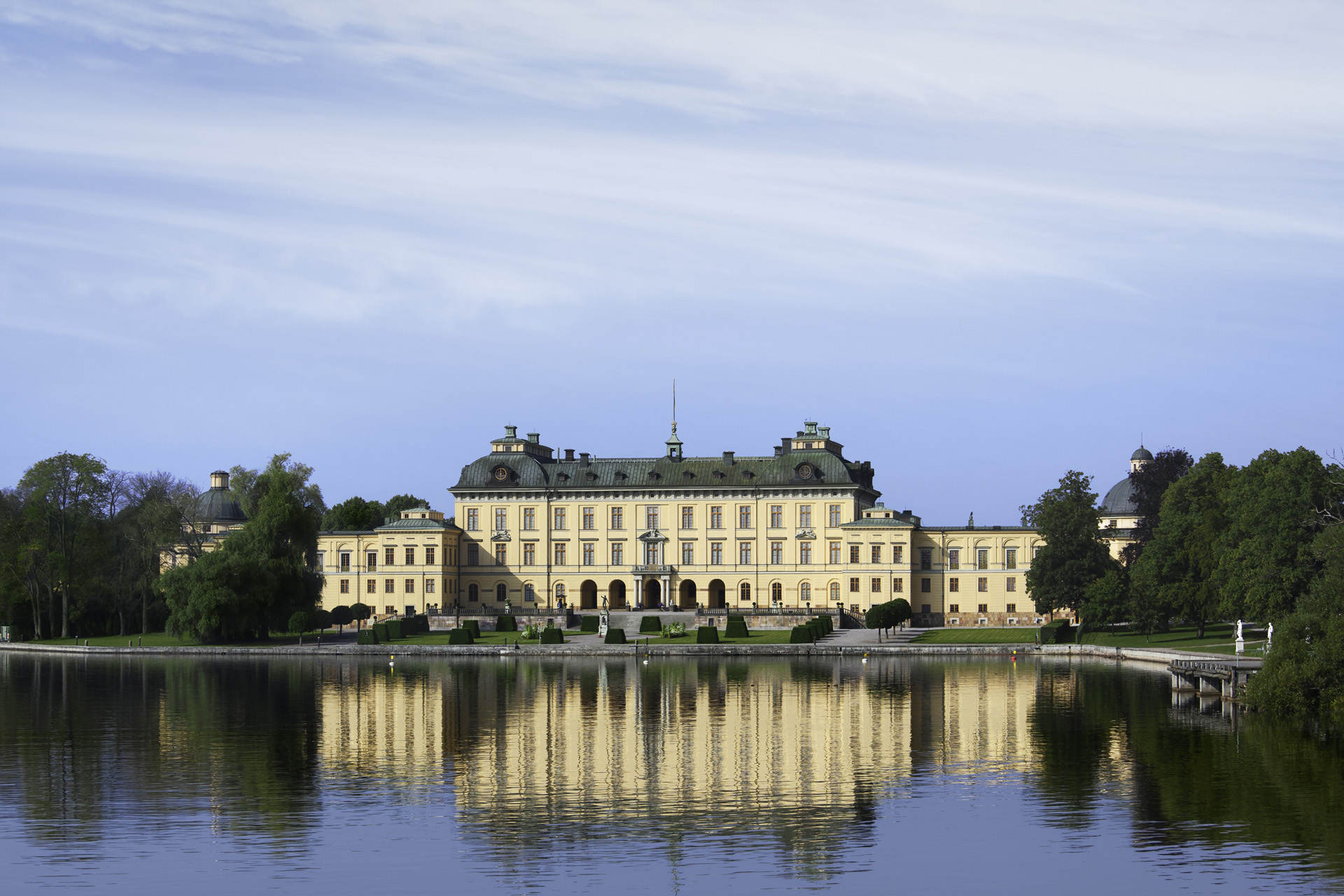
Drottningholm Palace, Stockholm, the private residence of the Swedish royal family
Royal Family Of Sweden
Dating back a millennia, the Swedish monarchy is perhaps one of the most popular monarchies on this list, gaining public favour thanks to its support of many prestigious academies and cultural institutions across the arts and sciences. The monarchy is constitutional and hereditary, and currently headed by Carl XVI Gustaf, who ascended the throne in 1973 aged 31. He is the nation’s longest reigning monarch, marrying his wife Silvia Sommerlath during his reign in 1976. Together, they share three children: Crown Princess Victoria, the heir apparent, Prince Carl Philip and Princess Madeleine. It was the first monarchy to change its succession rules from eldest son to eldest child, passing the change in 1980, meaning Carl Philip was heir apparent for seven months before the title was given to his older sister, Victoria.
The family receives approximately £11.5 million in public funding every year, a reduced amount since the King stripped five of his grandchildren of their titles in 2019 to reduce the family’s costs.
View this post on Instagram
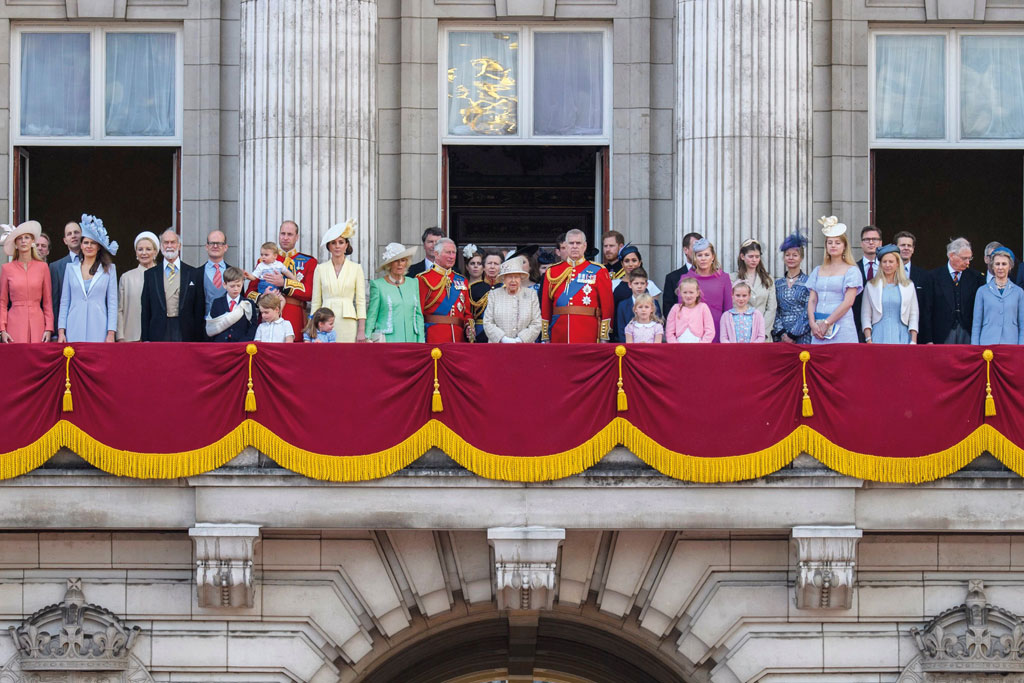
The British Royal Family
Royal Family Of The UK
The world’s richest and most famous royal family is the British monarchy, led by King Charles III and his wife, Queen Camilla, after Queen Elizabeth II, the longest reigning British monarch ever, died in 2022. No one has put an official number on the family’s public funding, but the Guardian puts it between £86 million and £127 million every year – more than twice the amount any other European monarchy is assigned. While it is beloved across the globe, the British monarchy is perhaps also the world’s most controversial monarchy because of this extortionate wealth.
That all said, the British Royals are endlessly fascinating – and you can stay up to date with all of their goings on on the C&TH royals hub.
View this post on Instagram

